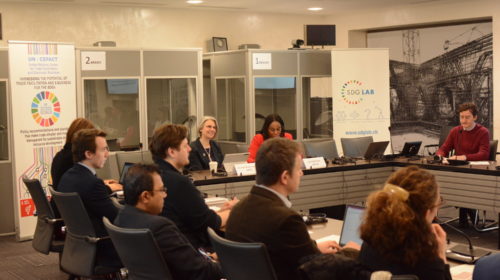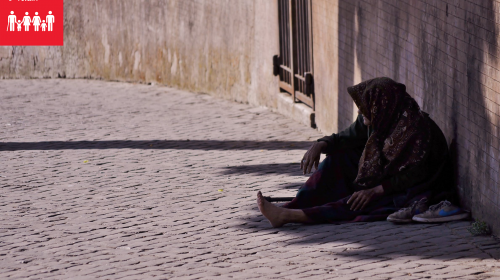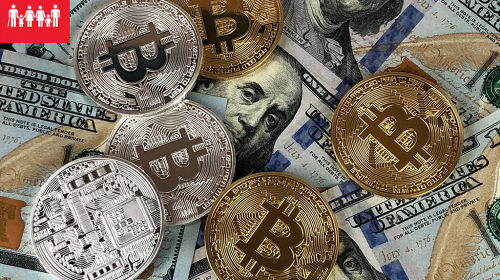Blockchain, a form of Distributed Ledger Technology, is providing new frontiers of innovation for sustainable development through decentralized authentication processes secured by cryptography. Blockchain technologies have developed rapidly over the last few years and have the potential to transform fundamental mechanisms that define the economy. Many UN agencies have seen the potential of this technology and are exploring how it can help achieve different outcomes to support implementation of the 2030 Agenda. It is therefore opportune for inter-agency actors in this space to connect and engage together, share their experiences…
Tag: SDG
Blockchain Use Cases for the Sustainable Development Goals
Can Blockchain Help Feed the Hungry?
Is Blockchain Technology the Answer to Ending Poverty?
How blockchains can tackle the UN Sustainable Development Goals
Post by: Rob Gear Blockchain is fundamentally a technology of trust, but transformative possibilities to benefit society more broadly are emerging. One area of blockchain’s potential that excites me is in helping capitalise on the $12 trillion opportunity of the UN’s Sustainable Development Goals (SDGs). We’re a partner of the UN Global Compact’s Project Breakthrough, which is helping companies embed sustainability in the innovation pipeline to tackle the SDGs. As part of this, we researched and wrote a series of executive briefs on how disruptive technologies could help organisations do…
Blockchain Could Help Achieve The UN’s Sustainable Development Plan
Post by: Irfan Jafrey In September 2015, the 193 member countries of the United Nations adopted a developmental agenda to end poverty, protect the planet, pursue peace and ensure prosperity and well-being for all. This agenda was called the Sustainable Development Goals (SDGs). The 17 SDGs were built on three core elements: economic growth, social inclusion and environmental protection. These all aim to bring nations together to support one cause — a sustainable future for generations to come. With this, each goal is interconnected in that the success of one…
How Will Blockchain Help Those Living Below the Poverty Line?
About half the world population, over 3 billion people, survive on less than $2.50 in a day. Moreover, 80% of the folks live on fewer than $10 per day. The most recent estimates by the World Bank also reveal a similar, gloomy picture. 10% of the global population lived on less than $1.90 per day as of 2015. In contrast, 11% of the world population lived on USD 1.90 in a day in 2013. So, there’s some improvement. However, there’s still a lot that needs to be done. Fortunately, in…







